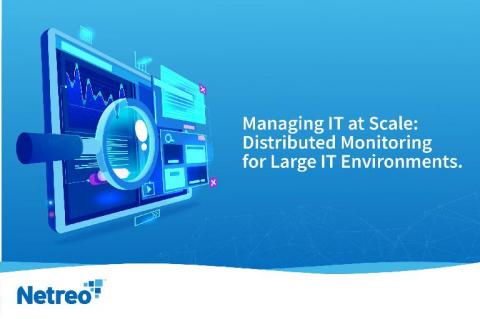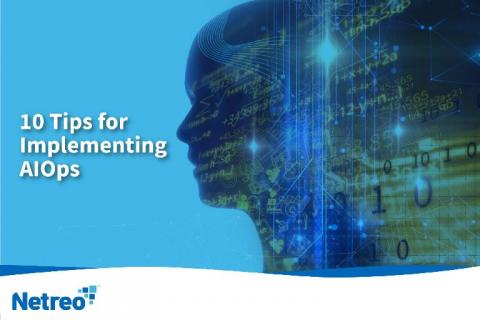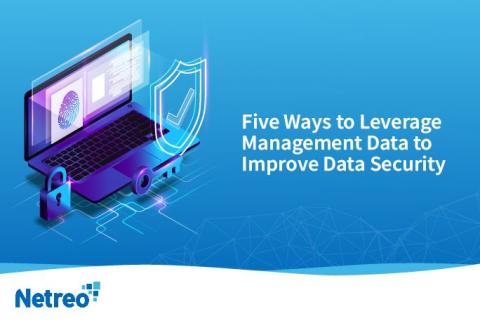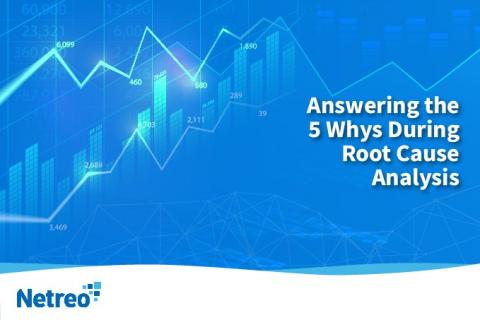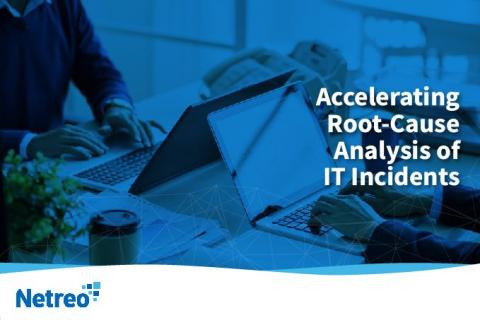Managing IT at Scale: Distributed Monitoring for Large IT Environments
Growth for an enterprise is an exciting thing, but it often presents a unique challenge for IT professionals. There are common roadblocks that are encountered when trying to upscale an IT management environment. In this first blog of our Managing IT Infrastructure at Scale series, we discuss the benefits of distributed monitoring data for large IT environments.


